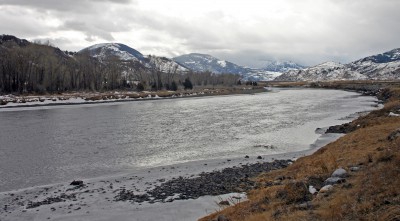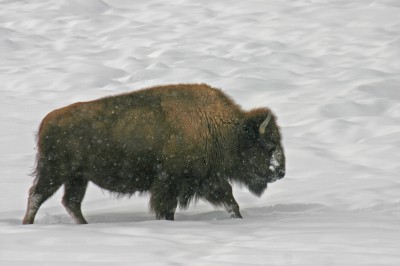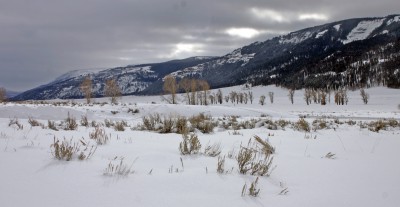In addition
to big, furry predator species like grizzly bear, black bear, bobcat, mountain
lion (cougar) and coyote, Yellowstone National Park is also home to about 100
wolves. At the same time, there are up to four million human visitors per year
including backcountry hikers and campers. This goes to show that people and
“dangerous” wild animals can live in harmony. We just need to understand how to
do it properly.

When wolves
were re-introduced to Yellowstone from Canada in 1995-1996 it had a dramatic,
healing effect on the landscape, which quickly found its old balance again
after 70 years of being wolf-less.

The return
of the wolf has had a cascade effect on a whole range of plant and animal
species in the ecosystem. The numbers of elk and coyote are kept in check. This
means smaller predators like owls, foxes and pine martens thrive because they face
less competition from coyotes. Pronghorn, which are coyote prey, are also
having an easier time.

Plants like willow, aspen and cottonwood are given peace
to grow because the elk no longer stay put for long periods and therefore no
longer chew them down. This in turn benefits beavers, which love willow. The
beavers flood land and create new ecosystems and this turn of events benefits
insects and birds. Wolves usually do not eat up, which benefits scavengers like
ravens, eagles and even grizzlies, who feed on the leftovers.


This is
such a heartening story of the resilience of nature. I only wish we humans
could be better at butting out and just leaving nature to do its thing.


 Moose photo by Linda Thurston.
Moose photo by Linda Thurston.

